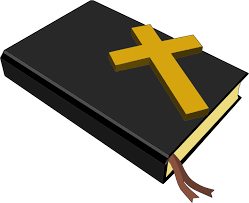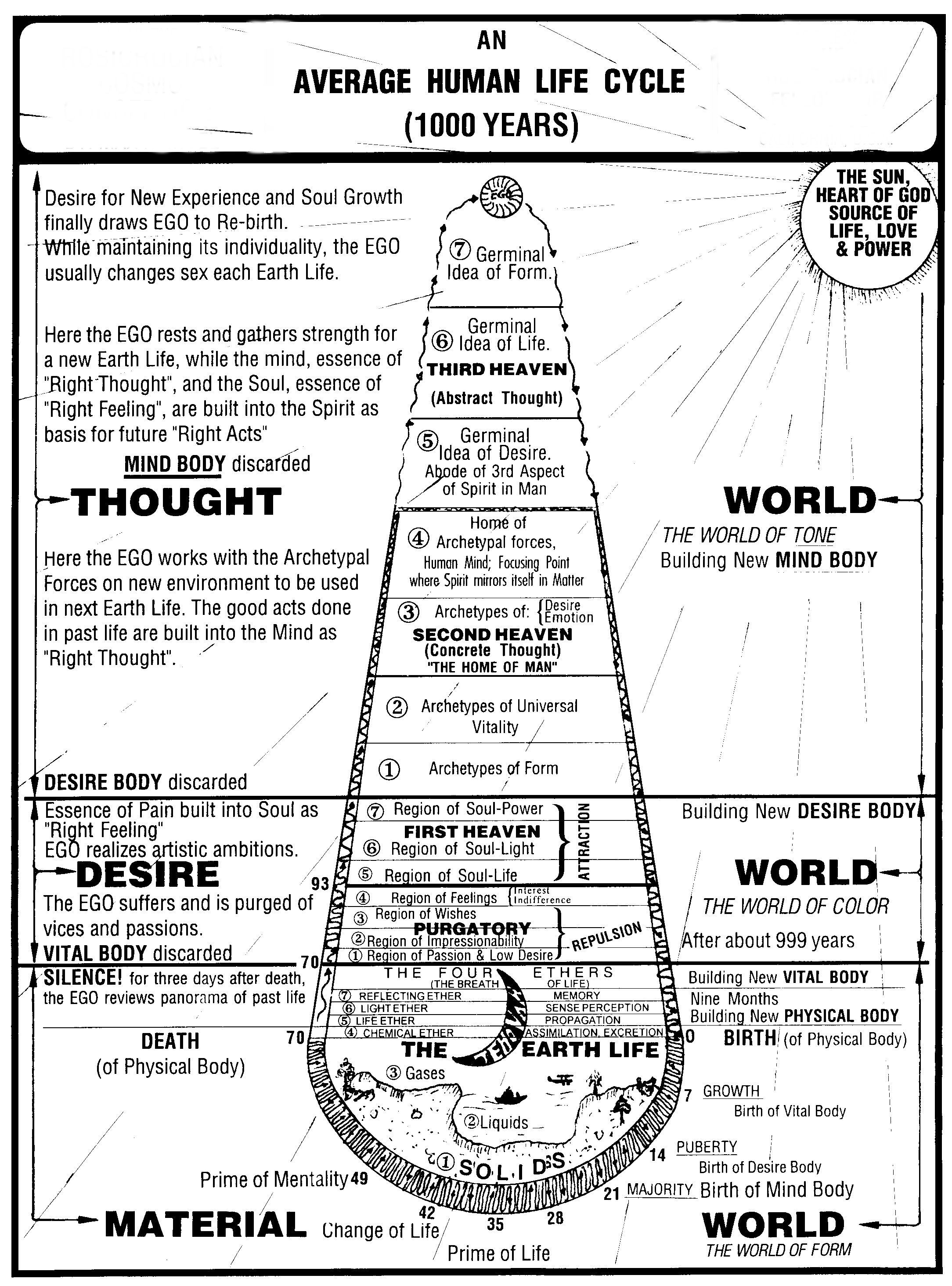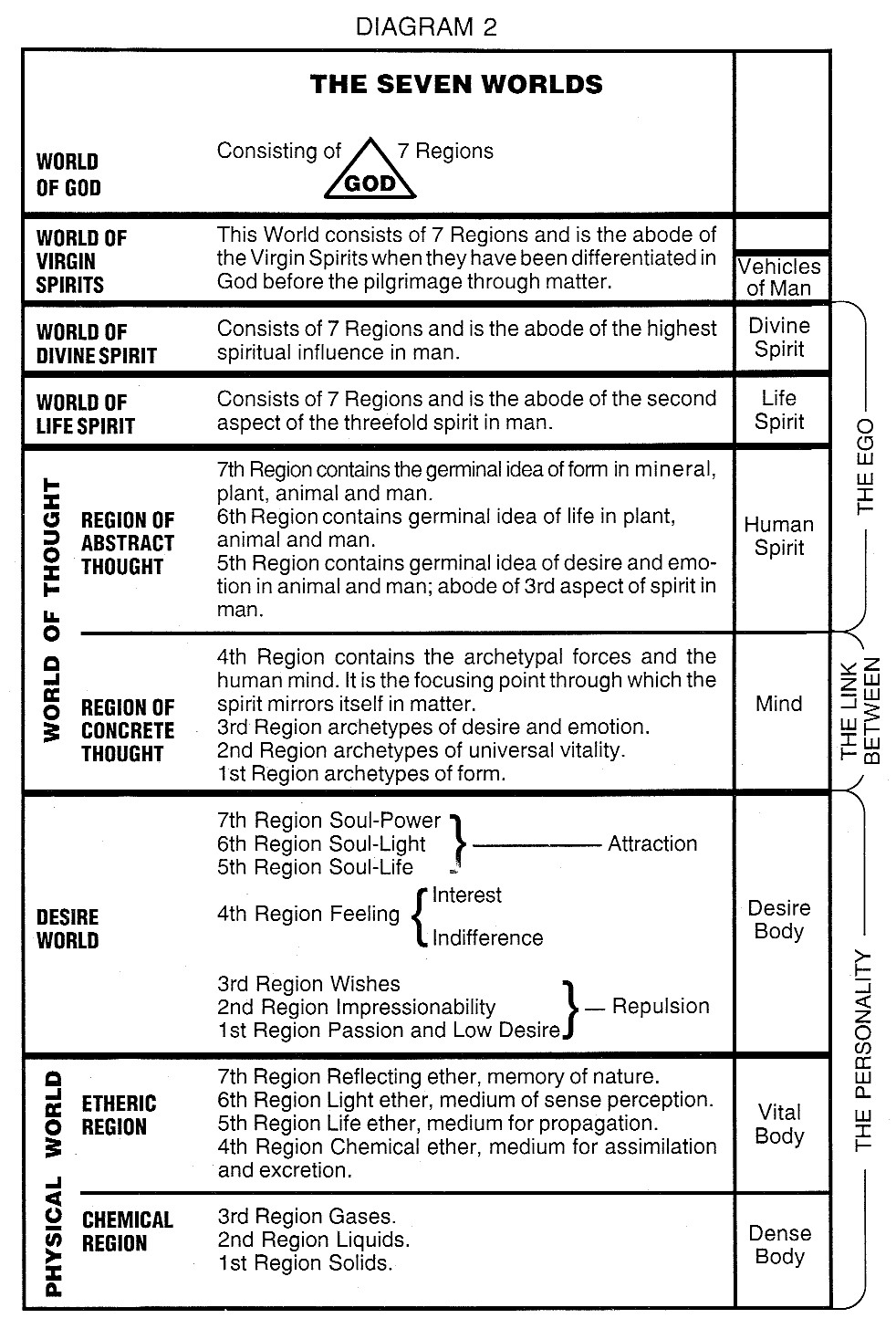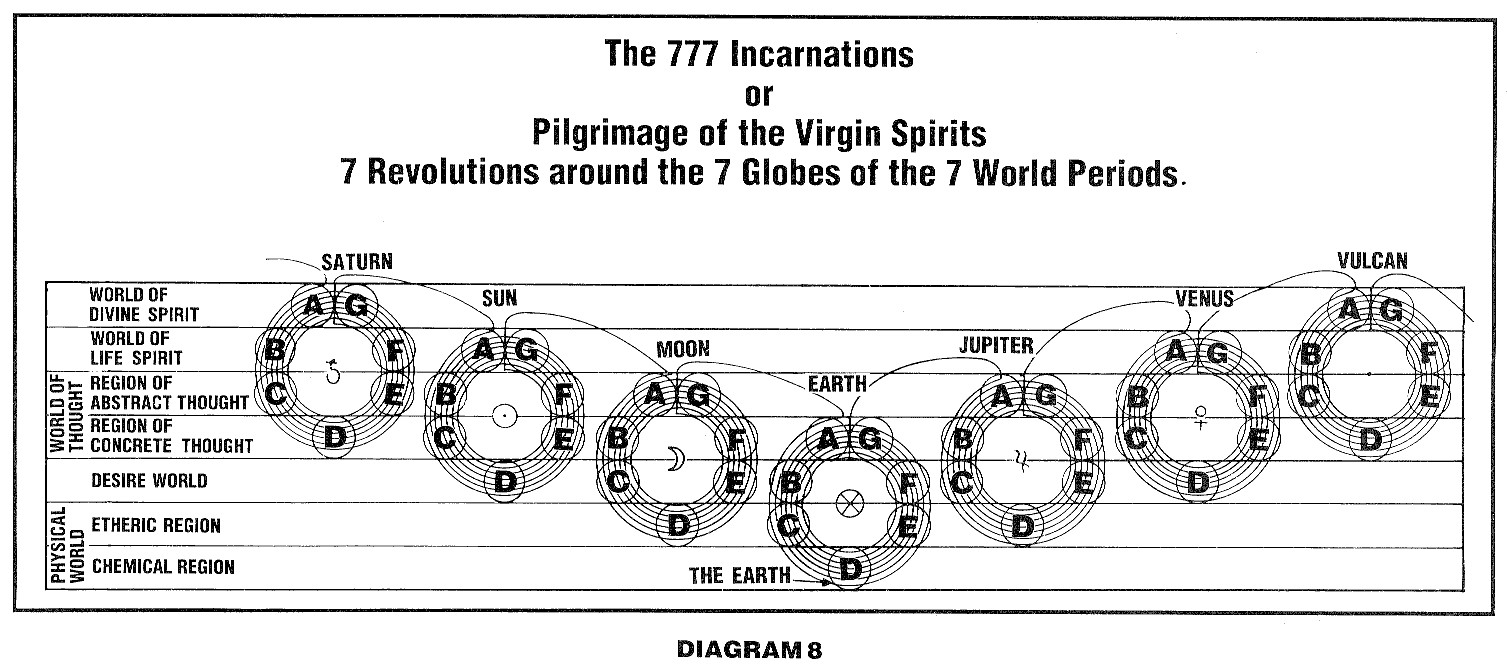
| RosicrucianU.com | ||
| Simplified Scientific Christianity |

Daniel is the full and perfect flowering of Old Testament apocalypse which had its beginning in Ezekiel, Joel, Zechariah and Isaiah in the Persian Period. It belongs to the Greek Period, having been published approximately 165 B.C., during the tragic events of the Maccabean Age in Palestine. Written in Hebrew and Aramaic, it tells the story of the great Chaldean-Hebrew Sage whose influence upon the Mystery Schools of Jerusalem has never been properly evaluated and whose personal history remains equivocal.
From the conquest of Palestine by Alexander in 832 B.C., Greek learning was held in high esteem. The Wisdom literature of the Greeks and Persians stimulated the Hebrews to the production of their own Wisdom literature. This was the era of the Sages (Hahamin) of Israel, who were neither prophets nor priests in the old tradition but lay teachers who stood in the market place or by the city gates, teaching in parables. They also taught private groups in the homes of their disciples. This class of lay teachers was as ancient as Israel itself; but under the impact of Greek example and culture they increased in number and importance, and from them came much of Israel's Wisdom literature. It has been shown that prophets of the divided Kingdom taught God in His universal aspects as justice, Mercy, Compassion, Power, and so forth. From ancient Sumeria the Wisdom God Ea was worshipped as the Great Fish who came out of the Gulf to bestow civilization upon his people. Yaweh of the Hebrews also possessed this Wisdom aspect which now, in the Greek Period, was exalted to chief place among attributes of the Supreme Being. Therefore, Jaweh as Wisdom is pre-eminently the God of the Greek Period in Palestine.
During this era the Hebrew Scriptures were translated into Greek at Alexandria, where Alexander established a large colony of Jews and conferred upon them many extraordinary privileges. The Greek Bible is the Septuagint. But in Palestine there was great reluctance about translating sacred writings into a foreign tongue, even though Greek was acknowledged to be the language best fitted to the holy Mysteries.
The Book of Daniel, one of the Mystery Books long kept hidden in secret archives, received its publication as a gesture of rebellion against the Hellenizing activities of Antiochus IV, who set about forcing Greek culture in Palestine by rule and decree, even by the military might of his armies. In this he was aided by many ambitious Jews so thoroughly converted to Hellenism as to have lost all respect for their own sacred Teachings. The Israelites rebelled against this effort to Hellenize Palestine by force. They published the Book of Daniel to prove that the great prophet had foreseen and foretold the immediate crisis in Palestine and had also prophesied the downfall of Antiochus IV. Hence, it represents a return to the ancient Hebrew Mystery School. Through its influence Esoteric Judaism was saved from destruction and allowed to finish its divine task commissioned by God.
Esoteric tradition declares emphatically that the prophet Daniel did exist and transmit Chaldean Wisdom to his fellow compatriots. Even though his writings were not given to the world,until the Greek Period. Coming as it does at the conclusion of a thousand year cycle of preparation wid prophecy (from Moses to Jesu ben Pandira), the Book of Daniel embodies the quintessence of all that had gone before. Upon the broad inheritance of the past it erects a superstructure extending into futurity. Only St. John is comparable to Daniel; the Apocalypse of the former is the flower and fruit of the latter. Both of these writers looked into the unfolding Divine Plan, beginning with the immediate future of their times and extending to the very end of earthly evolution when every mail shall be a pillar in the House of God to "go no more out."
Thus, the Book of Daniel is the work of an Initiate who has interwoven truths of planetary evolution and individual attainment through Initiation with historical data that has been so valuable in placing this writing chronologically.
At no other period could this all-inclusive work have been produced. The whole history of Israel leads up to the Book of Daniel. The reforms of Ezra — which continued throughout the Persian Period and until the conquest of Persia by Alexander in 301 B.C. ushered in the Hellenic Period — prepared the nation for the Messianic incarnation in a pure and holy body. These reforms, like those instituted by Zoroaster in Persia, waged war against ancient idolatries in the land, not those only of foreign extraction but many that had their roots in native soil. Unfortunately, fanaticism took over and forced some genuine Mystery cults underground; but these continued to hold their assemblies in secret and many great teachers were numbered among their following. Under the freedom of the Greek regime these ancient Schools came again into the light of day and their activity appeared among the Hebrews in flourishing Gnostic cults, all of them centered in preparation for the Christ's Coming. For although Greece was not the dominant power during the whole Hellenic Period, Greek culture ruled the rulers, whether these rulers happened to be Persian, Greek, Egyptian or Roman. Politically, the era of Greek domination in Palestine extended only from Alexander's conquest of Persia in 331 B.C. to the Ptolemaic conquest of 301 B.C.; after this Palestine was an Egyptian province until 198 B.C., and a Syrian province thenceforward until the Roman conquest. It was during the Ptolemaic Period that the Septuagint was produced by Hellenistic Jews of Alexandria.
During this time Alexandria was the great center of science; and here again the Jews came into contact with that ancient stream of Wisdom wherein Moses had been initiated for his world mission.
From Moses came the sacred Brazen Serpent treasured in Hebrew Temples until King Hezekiah destroyed it because the masses were ignorantly worshipping it as an idol. But only the outer symbol was removed. The Serpent Wisdom was never destroyed. Instead, it was taken into deeper seclusion where its meaning might be revealed to the Elect who were able to evaluate it and to understand its symbolic meaning. Those clans most intimately associated with Moses in the Serpent Mysteries. were traditionally descended through the tribes of Judah, Dan, Simeon and Levi. Among others, Judah included the Keniffs (tribe of Caleb) from Midian, a non-Israelitic group but acknowledged as kinsmen by reason of their descent through Keturah, Abraham's wife. The craftsmen of these tribes were largely responsible for constructing the Ark of the Covenant and the Tabernacle in the Wilderness; then in later centuries they assisted in the building of Solomon's Temple.
Masonic legend states that between Solomon with his Aaronite priesthood and the Temple builders there was a rift which resulted in the murder of Hiram Abiff. Again, trouble is hinted at between Joshua and Zerubbabel at the building of the second Temple when, despite the curtailment of royal power in favor of a theocratic state, the prophet Zechariah effected a reconciliation. Once more the work was abandoned, the capstone and keystone lay in the rubbish heaps, the sacred symbols disappeared and the royal line was broken. Significantly, Josephus wrote that when Alexander came to Jerusalem he was shown certain prophecies in the Book of Daniel relating to himself. The historian adds: "Daniel also did declare the meaning of the stone to the king, but I do not think it proper to relate that since I have undertaken to describe things of the past and present, not things of the future. Let one desirous of deeper understanding read carefully the Book of Daniel."
Having become a Church-State under Ezra, interest was lost in the secular arts and sciences. Jews became known throughout the ancient world as a people without an art or a science. Yet this was not wholly true, for they had concentrated their whole attention upon occult arts and occult sciences, and they excelled in music. Every rabbi was said to be well instructed in magic. Megasthenes describes the Jews of the Hellenic Period as the philosophers of Syria, associating them with the Brahmins of India.
The Book of Daniel belongs to this ancient stream secretly based upon the Serpent Wisdom — always associated with Judah (Leo) the Lion, Scorpio the Serpent, and the Eagle of St. John's Gospel and Revelation: "And as Moses lifted up the serpent in the wilderness, even so shall the Son of man be lifted up" — words which identify Jesus as an Initiate of the Serpent Wisdom. What that Wisdom really was may still be learned from India in the Royal Art of Rajah Yoga with its Kundalini, the Staff of Brahm and the Door of Brahm, to mention only its primary symbols. Having been reared as a prince in the house of Pharaoh, Moses was an Initiate in the same Serpent Mysteries (Royal Art) of Egypt, and they descended through him to the royal house of Israel.
Royal Art was a title conferred upon Alchemy also. In Egypt the privilege of mining gold belonged to the Pharaoh, for the Royal House controlled every activity dealing with that precious metal. Hence, the transmutation of base metals into gold was designated the Royal Art. The Jews in Alexandria became famous alchemists. Centuries later Arabs found the Royal Art still flourishing in that city and transmitted it to Europe under the name of Alchemy. As divine chemistry was the favorite science of Alexandrians, so Orphism was their favorite Mystery Cult and Stoicism their favorite philosophy. A subtle blending of science, art and religion was produced by Greeks, Egyptians and Jews alike.
In Palestine also there prevailed the dream of a New Era — an Era even then in its dawning. The Messiah was to appear and lead His hosts of Light in their struggle against the powers of darkness in the "Day of the Agonies of the Messiah" (The Piscean Age), and He was to be victorious in this cosmic struggle. After a millennium of peace and holiness in which even Satan would have an opportunity to redeem himself, the Messiah would establish a new world order that should endure forever. This is the meaning of the Parable of the Last Judgment, a judgment following the millenium. In earlier prophecies there is no distinct time limit set for inauguration of the New Order; later it was defined as a millennium.
Publishers of the Book of Daniel lived at the "End of the Age" — the close of the Persian Period in 301 B.C. when the Vernal Equinox had already entered upon the last decanate of the constellation Aries. In the next century, about 250 B.C., Berosus, priest of Bel and teaching in Athens, stated that the Vernal Equinox was then in 8 degrees of Aries. In the following century (125 B.C.) Hipparchus announced his theory of the precession of the Equinoxes; he arbitrarily called it 0 degrees of Aries and laid out the twelve signs from that point, allowing thirty degrees to a sign. If the Hipparchian calculations were correct, the end of the Age had already come! Hellenist Jews, following Hipparchus, evidently believed that this was so, but others held to the Babylonian figure as exemplified in the Book of Daniel. Jews who followed the traditions of Daniel held that the New Age and the Messiah's Coming were still in the future. They looked for His Coming in the very century wherein it actually took place.
When the Sun at the Vernal Equinox occupies the cusp of a constellation, decadent qualities of an old order mingle with the insurgence of a new, so there is a period of confusion during which the world is flooded with prophetic literature which foretells the downfall of the Old. During the close of the Arian Age appeared much of the apocryphal literature of both the Old Testament and the New. In this modern day, when the Piscean Age is almost at the same point of decline as was the Arian Age at the time of Daniel, the world seethes with change and is filled with the clamor of prophets who find themselves on trial and challenged by forces of reaction.
When persecution is rife, writing and prophesying in cypher are resorted to. Publishers of the Book of Daniel used that ancient document, preserved secretly from the Exile, as a book of code by which to convey a message of faith and revolt to the oppressed Israelites under Antiochus IV. Such was the origin of this Book. The two symbols giving the key to the mystery are The Man and The Lion, Aquarius and Leo respectively. Thus, the writer revealed his purpose, which was to restore the most ancient Mysteries of the Lion of Judah and the Son of Man (who is "lifted up" like the Brazen Serpent); and the Royal Art was to be made free to "whosoever wills" to do the work worthily when the Master comes.
As the Vernal Equinox preceded through the first six degrees of Aries and approached the cusp of Pisces, the new Christian Church assembled together and survived persecution. In its Mystery Books, the Four Gospels, was recorded the secret of its genesis in the Mysteries of Ezekiel: Mark is Leo the Lion; Luke, Taurus the Bull; John, Scorpio the Scorpion or the Eagle; Matthew, Aquarius the Man. These were the Gnostic centuries of Christianity and Judaism, during which the Hellenic Mysteries were assimilated by adherents to the new religion. Their keyword was God, the God of Wisdom.
— Corinne Heline

|

|

|
|
|
Contemporary Mystic Christianity |
|
|
This web page has been edited and/or excerpted from reference material, has been modified from its original version, and is in conformance with the web host's Members Terms & Conditions. This website is offered to the public by students of The Rosicrucian Teachings, and has no official affiliation with any organization. | Mobile Version | |
|